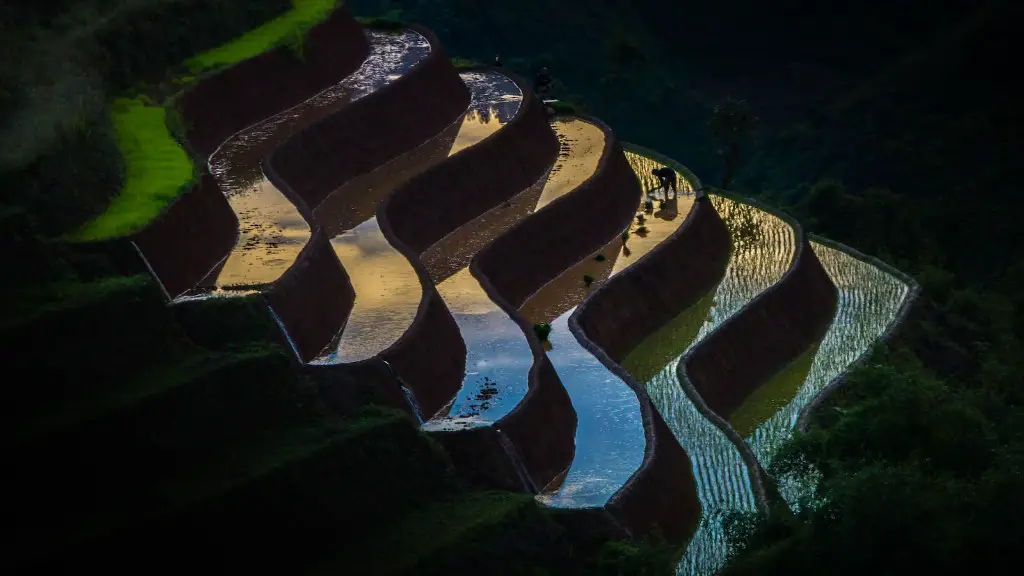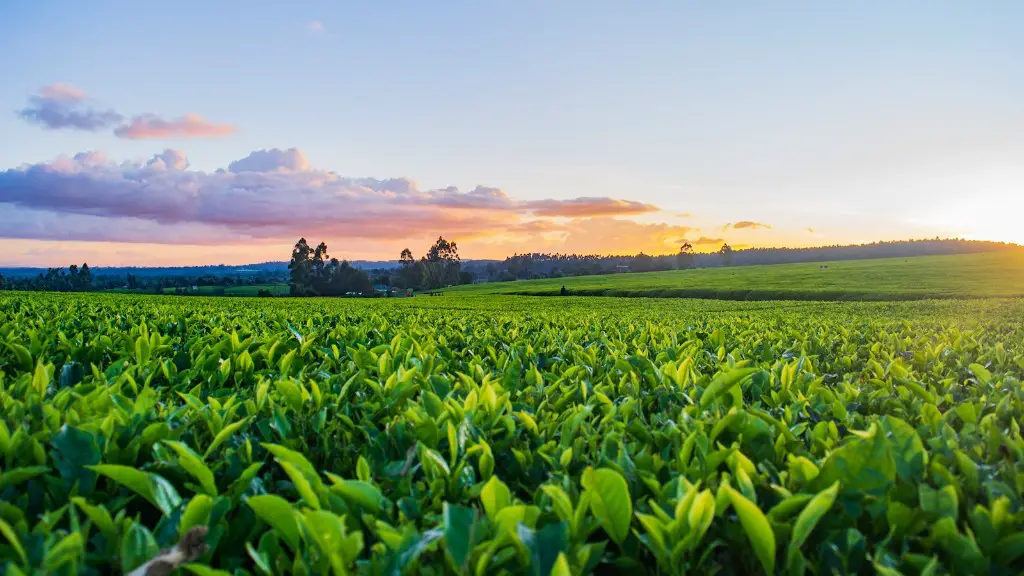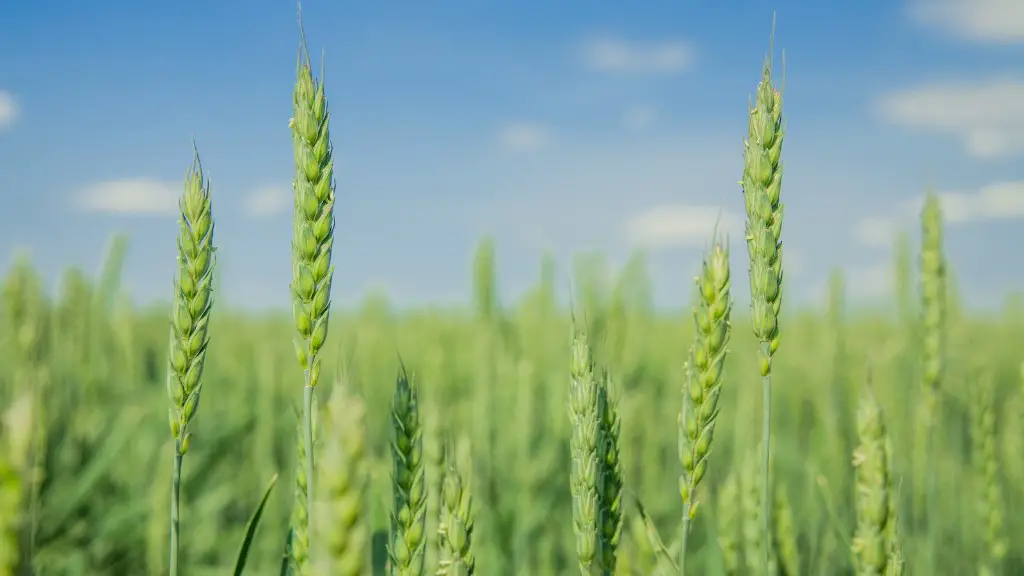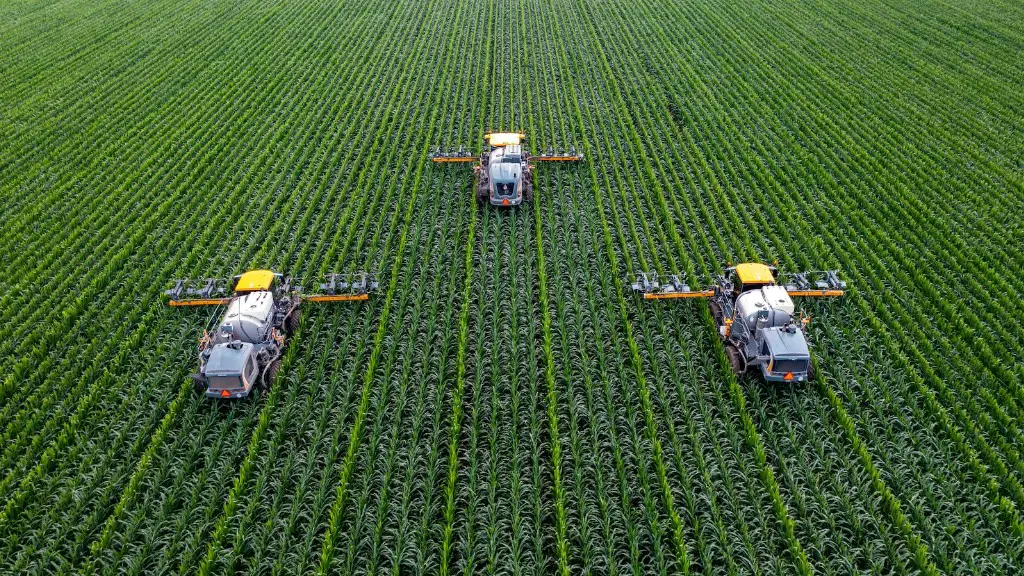The Agreement on Agriculture is a multilateral agreement within the World Trade Organization (WTO) that sets rules governing international trade in agriculture and agricultural products. The agreement was reached during the Uruguay Round of trade negotiations in 1994 and entered into force on 1 January 1995.
The WTO Agreement on Agriculture sets out the rules for international trade in agriculture and related products. Its objectives are to (a) liberalize trade in these products in a way that contributes to food security; and (b) ensure fair and predictable conditions of trade for farmers and food consumers.
What do you mean by agreement on agriculture?
The Agreement on Agriculture sets out the rules for international trade in agricultural products and provides a framework for cooperation on agricultural matters. The Agreement covers all aspects of trade in agricultural products, including tariffs, export subsidies, domestic support, market access, and sanitary and phytosanitary measures. The Agreement also establishes the Committee on Agriculture, which is responsible for overseeing the implementation of the Agreement and for dealing with any disputes that may arise.
The Agreement on Agriculture is a WTO agreement that was created to liberalize the global trade of agricultural products. The agreement establishes a number of general rules and commitments, mainly in three areas sometimes called the “three pillars”. These are: market access, domestic support and export competition (which covers export subsidies and export-related measures with equivalent effect).
The Agreement on Agriculture is one of the most important WTO agreements because it covers a large sector of the global economy and its rules are of central importance to the functioning of the WTO.
What does AoA stand for in Agriculture
The Agreement on Agriculture (AoA) is a World Trade Organisation treaty that focuses on reducing the agricultural support and subsidies given to domestic producers by countries. It is one of the most contentious agreements within the WTO.
The AoA has been criticized by many developing countries for not taking into account the special needs of developing countries in the area of agriculture. They argue that the AoA places too much emphasis on reducing subsidies and not enough on other issues such as market access and export competition.
The AoA has also been criticized for the way in which it was negotiated. Many developing countries were not involved in the negotiations and felt that they were not given a fair chance to put forward their views.
Despite these criticisms, the AoA is an important part of the WTO agreement and has helped to liberalize the global trade in agriculture.
Free Trade Agreements have a large impact on agricultural tariffs. For 16 of the 20 countries with which the United States has FTAs, US exporters will face zero tariffs on 98% or more of agricultural goods once the agreements are fully implemented. Agriculture-related FTA chapters are linked below.
What is the main purpose of an agreement?
A contract is a legally binding agreement between two or more parties. Once signed, this contractual agreement creates a promise that certain rights and obligations will be fulfilled by each party. In essence, a promise is at the heart of every contract.
The 1995 Agreement on Agriculture was a key part of the Uruguay Round of trade negotiations. The agreement required developed countries to reduce export subsidies by at least 36% (by value) or by 21% (by volume) over six years. For developing countries, the agreement required cuts were 24% (by value) and 14% (by volume) over ten years. The agreement also included provisions for monitoring and enforcing the subsidy reductions.
What are the benefits of the agreement on agriculture?
It is estimated that nearly two-thirds of the world’s poor live in rural areas and are dependent on agriculture for their livelihoods. In order to reduce poverty and hunger, it is essential to make markets in developed countries more accessible to food exports from developing countries. This can be done by reducing tariffs and eliminating tariff escalation, as well as by encouraging fair competition in the global market by developed countries eliminating export subsidies and credits and reducing domestic subsidies.
The conclusion of the agreement is that non-trade concerns, such as food security and the need to safeguard the environment, are addressed. In addition, the developing nations are given preferential and differentiated treatment, including improved access chances and terms for agricultural products of significant export interest.
What is the criticism of agreement on agriculture
AoAAoA has been criticized for reducing tariff protections for small farmers, a key source of income in developing countries, while simultaneously allowing rich countries to continue subsidizing agriculture at home. This has led to concerns that AoAAoA will disproportionately benefit large-scale commercial farmers in developed countries, while small-scale farmers in developing countries will be left behind.
A Member may, under certain conditions, impose a special safeguard on imports of an agricultural product ‘in respect of which measures referred to in [Article 42] have been converted into an ordinary customs duty’. This safeguard may take the form of a quantitative restriction, a tariff rate quota, or a price band.
Who wrote the agreement on agriculture?
It was former Cargill Vice-President, Dan Amstutz, who drafted the original text of the Uruguay Round Agreement on Agriculture. The Agreement on Agriculture was created with the goal of opening southern markets and converting peasant agriculture to corporate agriculture. Cargill is a large, multinational corporation that is involved in various aspects of the food industry, including the production, processing, and distribution of agricultural commodities. The company has a long history of engaging in unethical and environmentally destructive practices in order to maximize profits.
Articles of association (AoA) is a legal document that contains the rules and regulations of a company or organization. These articles explain the details of a company’s operations and also include financial records and information about key tasks that a company aims to complete.
What trade agreements have been most important to U.S. agriculture
It is great to see that US farmers and ranchers are benefiting from the elimination of tariffs on agricultural products under NAFTA. The USMCA has maintained this market access, which is essential for the continued success of the agricultural sector in the United States.
Free trade agreements are important not only for reducing and eliminating tariffs, but also for addressing behind-the-border barriers that can impede the flow of goods and services. FTA’s can also encourage investment and improve the rules affecting issues like intellectual property, e-commerce and government procurement.
What are the 3 trade agreements?
Unilateral trade agreements are between two countries, while bilateral and multilateral trade agreements are between three or more countries.
There are many different types of agreements that can be used to provide financial assistance for a specific purpose or project. The most common types of agreements are grant agreements, cooperative agreements, contracts, memorandums of understanding, non-disclosure agreements, teaming agreements, and material transfer agreements. IDIQs and master agreements are also sometimes used.
Final Words
A WTO agreement on agriculture came into effect on 1 January 1995. The Agreement on Agriculture (AoA) is one of the first multilateral trade agreements within the WTO. The AoA addresses, for the first time in a single comprehensive document, all major issues related to the agriculture sector.
There is general agreement that the Agriculture industry is important. It is a vital sector of most economies and provides a range of benefits for society. There is also agreement that the industry faces significant challenges, including the impact of climate change, volatile markets, and dwindling resources. However, there is significant disagreement on how to address these challenges. Some believe that the industry must undergo radical reform, while others believe that more incremental change is needed. Whatever the approach, it is clear that the Agriculture industry will continue to be an important part of the global economy.





